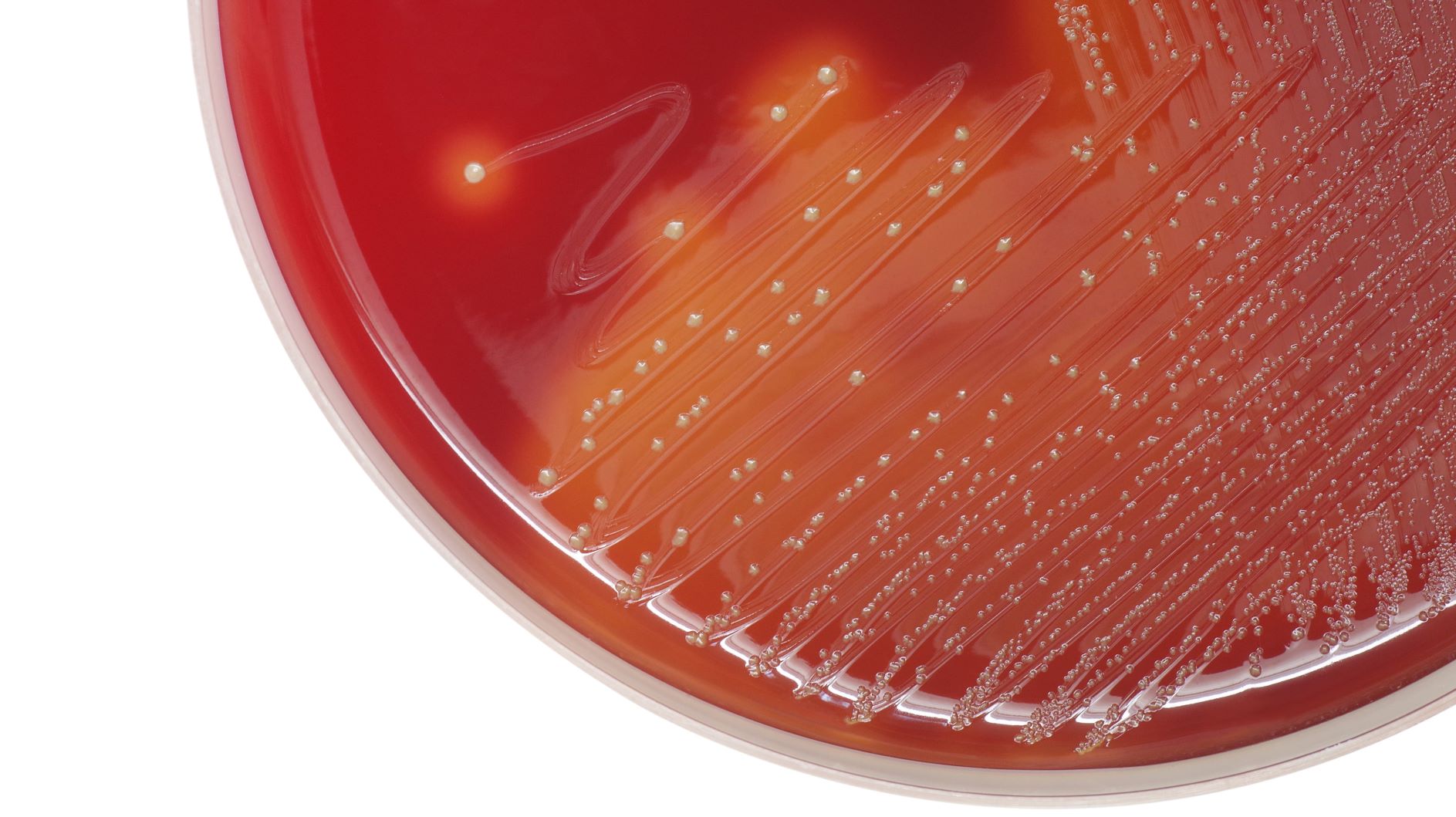What happened?
The UK has seen unusual activity for this time of year in the number of cases of scarlet fever and invasive group A streptococcal disease in children over the last month. Both diseases are caused by the same bacterium, Streptococcus pyogenes.
The outbreak came to the attention of the media after it was announced that several children - at least eight - had died from the pathogen. The usual season is usually in spring, so this implies that it has been brought forward after several years of low circulation. In comparison, four deaths were detected in the 2017-2018 season.
What is Streptococcus pyogenes and why is there so much concern?
It is a common bacterium, which does not always cause disease and can even be found in some people's throats. However, in some cases it can cause mild infections - such as tonsillitis and pharyngitis - as well as serious ones. The best known are scarlet fever and, above all, invasive infections.
Invasive infections are the most serious conditions that can be caused by S. pyogenes and occur when the bacteria get where they should not. For example, the blood or the lungs. They are rare, but more common if the person has open wounds, health problems or is immunocompromised. In the worst cases, it can lead to necrotising fasciitis and streptococcal toxic shock syndrome. This bacterium is responsible for many cases of paediatric sepsis.
Why are cases increasing now, when the peak is usually in spring?
The UK Health Safety Agency (UKHSA) is investigating the outbreaks, but does not yet know why more cases of scarlet fever and invasive cases are being detected.
At the moment there is no evidence of a new strain and it is thought that the most likely cause is that the bacteria are circulating more than usual at the moment, perhaps because there has been an overlap in the strains causing the two conditions. In addition, the increase in cases of invasive disease may be related to the increased circulation of respiratory viruses, as S. pyogenes may reveal itself as a superinfection following viral infection such as RSV and influenza.
In addition, the return to normality in terms of social contact has led to the return of pathogens whose circulation had been low or non-existent in recent years. In some cases their seasons have been brought forward, but further studies will be needed to understand the causes and to analyse whether the impact and severity have also been greater.
The season has been brought forward, but is the increase considerable compared to other years?
It should be noted that recent years have seen an increase in the incidence of scarlet fever. A study published in 2019 in the journal The Lancet Infectious Diseases reported an increase in England since 2014 that was "unprecedented in modern times". Europe and Spain have also seen increases in the number of cases of invasive disease.
The British newspaper archive reports this trend. "Highest number of [scarlet fever] cases in 20 years," headlined the BBC in 2014. In 2016 they spoke of the highest peak "in 49 years" and in 2017 they broke the record again and rounded the figure up to half a century.
The UKHSA data shows that current scarlet fever figures are high, but far from the peak of the 2017-2018 season. Similar is true for invasive disease numbers. Even so, the high transmission for this time of year, coinciding with respiratory viruses such as RSV and influenza, has raised concerns at the UK health agency.
Can the same thing happen in Spain?
In Spain, there is no surveillance network comparable to that which exists for respiratory viruses such as influenza or SARS-CoV-2. In addition, diseases caused by S. pyogenes are not notifiable. This makes it difficult to know the national incidence and pre-pandemic trends, although there are networks that have studied this bacterium in recent years.
The Spanish Society of Paediatric Infectious Diseases has reported that analyses are being carried out in recent weeks and months to see if there has also been an unusual increase in cases. "We are aware of the death of some children and a number of serious cases to be determined that could lead us to believe that we are also suffering an increase in cases," it warned.
It cannot be ruled out that what has been observed in the UK could be repeated in other countries, but the lack of historical data and increased surveillance may make it difficult to assess and contextualise outbreaks.
What should parents do?
Most Streptococcus pyogenes infections are not serious, especially if antibiotics are taken. Some of the most common signs are fever, sore throat, and red and swollen tonsils, which may have white patches.
Scarlet fever can start like the flu, with symptoms such as high fever, sore throat and swelling in the neck. The most characteristic symptom is the rash that gives it its name.
Invasive infections are very rare. Initial symptoms are sore throat, fever, chills and muscle aches, but they can lead to very serious illness in less than 24 hours, so it is important to see a doctor quickly if symptoms worsen.




